Abstract
The Philippines perceives China’s maritime actions in the West Philippine Sea (WPS) – the part of the South China Sea (SCS) the Philippines designates to be included in its exclusive economic zone (EEZ) – as a threat to their sovereignty and resources. Cybersecurity risks, catalysed by rapid digitalization, pose challenges to critical infrastructure, governance, and public safety. Meanwhile, terrorism, rooted in historical insurgencies and global extremism, continues to disrupt stability, particularly in the Mindanao region. In response, the Philippines has pursued robust national strategies, including enhanced maritime enforcement, digital modernization efforts, and counter-terrorism measures. Key initiatives involve stronger alliances with the U.S. and Japan, regional cooperation through ASEAN, and domestic policies to address economic and governance vulnerabilities linked to extremism. These efforts reflect Manila’s commitment to safeguarding sovereignty, advancing cyber defenses, and promoting long-term stability.
China’s actions in the WPS, including its use of “water cannons” and “military lasers” as well as “illegal fishing activities” and “intentional ramming”, directly challenge Philippine sovereignty and regional stability. Despite the Hague’s 2016 Arbitral Award invalidating China’s maritime territorial claims (primarily the “nine-dash line”), tensions continue to escalate. The Philippines has adopted transparency initiatives, such as documenting Chinese violations, but these efforts face pushback as “China normalizes assertive behaviors at sea and inland.” These disputes also endanger critical resources and marine biodiversity within the Philippine EEZ.
The WPS has a very high volatility risk. The status quo of maritime stand-offs between the Chinese Coast Guard and Filipino civilian vessels is no longer the norm, and the Philippine Coast Guard actively patrols waters where China is a common sight (…) The Philippines is now unanimous in its antagonism towards China. Despite efforts to compartmentalize the SCS issue from broader bilateral relations, China continues to register poor popularity ratings among Filipinos.
Rapid digital transformation has heightened cybersecurity risks in the Philippines, with critical infrastructure, government institutions, and individuals facing threats like hacking and ransomware. A 2024 survey showed that 86.75 million Filipinos use social media for banking, work, healthcare and education, increasing exposure to cybercrime. While the “National Cybersecurity Plan 2023–2028” and international partnerships aim to enhance resilience, the rapid evolution of cyber threats demands continuous adaptation and investment. In addition, security experts are concerned about the misuse of artificial intelligence (AI), which further exacerbates the threat of cybercrime to national security.
Cyber threats are increasingly being reported, targeting ordinary citizens, small- and large-scale businesses, and government agencies and institutions. Today, cybercriminals employ more advanced techniques such as targeted phishing, ransomware, hacking, and supply chain attacks (…) Filipinos see these cybersecurity issues as the top cause of anxiety among individuals and threats to the national economy.
Terrorism, primarily concentrated in Mindanao, remains a significant threat. Movements like the Islamist Abu Sayyaf Group (ASG) and the communist New People’s Army (NPA) continue low-level attacks despite a reported 57% decline in major incidents from 2015 to 2020. Factors such as poverty and ungoverned spaces foster extremism, complicating efforts to achieve lasting peace. Legislative responses, such as the Anti-Terrorism Act, face criticism for potential human rights violations, while socioeconomic initiatives aim to address the root causes of violence.
RDebates focus on the effectiveness and human rights implications of the government’s counter-terrorism measures, reflecting divided public opinion on the balance between security and civil liberties. Moreover, prominent public concern and debate are centered on the stringent military response and its long-term implications for Mindanao. Discussions include the effectiveness of martial law and adequacy of the government’s rehabilitation efforts.
The Philippines addresses WPS challenges through coordination and enforcement. The Office of the President and the Department of Foreign Affairs (DFA) lead coordination, supported by the National Task Force on the WPS. Enforcement is carried out by both civilian agencies like the Philippine Coast Guard and military forces. Key legislative actions, such as the Maritime Zones Act, aim to align domestic laws with the UN Convention on the Law of the Sea (UNCLOS).
The Philippine government is enhancing its digital infrastructure and cybersecurity through the Department of Information and Communications Technology (DICT). Key initiatives include Digital Transformation Centers, free public Wi-Fi, and digital systems like the Electronic Business Permits and Licensing System. The Department of Science and Technology (DOST) focuses on emerging technologies like AI and quantum computing.
Cybersecurity became a priority with the passing of laws like the Data Privacy Act and the establishment of the DICT. The National Cybersecurity Plan 2023–2028 and the Philippine Digital Strategy support economic growth and digital security. International partnerships, such as with the US and Japan, help strengthen the country’s ICT ecosystem.
The Philippines addresses terrorism and political violence through agencies like the Department of Interior and Local Government (DILG), with the Philippine National Police (PNP) being its chief enforcement agency. “Where additional firepower and human resources are needed, the Philippine Army may be involved.” Key laws like the Human Security Act and Anti-Terrorism Act were passed in response to threats from groups like the NPA and the Islamic State. Additionally, it aligns with ASEAN’s political-security initiatives to enhance regional cooperation on counterterrorism and transnational crime.



